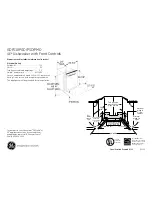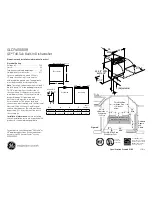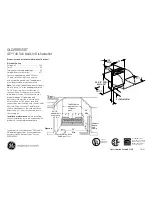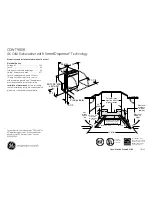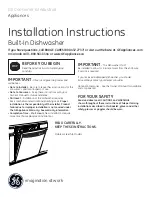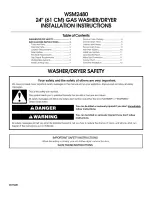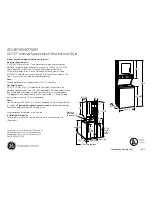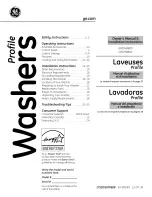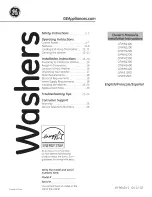
en
14
Detergents
Information about detergents
You can use any brand of liquid or powder
detergent, as well as tablets, that have
been specifically designed for use in
domestic dishwashers. (Do not use normal
washing-up liquid!)
Nowadays there are three types of
dishwasher detergent available:
1. those containing phosphates and
chlorine,
2. those containing phosphates but no
chlorine,
3. those containing neither phosphates
nor chlorine.
When a phosphate-free detergent is used
in conjunction with hard water, there is a
greater possibility that white marks will be
left behind on crockery and glasses, etc.
These can be avoided by pouring an
increased amount of detergent into the
dispenser.
Chlorine-free detergents have a reduced
bleaching effect. This can mean that tea
stains are not completely removed or
plastic items become discoloured.
This can be resolved by:
D
selecting a higher temperature
programme, or
D
increasing the amount of detergent,
or
D
using a detergent that contains
chlorine.
Check the label on the detergent
packaging to determine whether a
particular product is suitable for use with
silverware.
If you have any further questions, we
recommend that you contact the customer
advice departments of the various
detergent manufacturers.
Detergent compartment with
measuring marks
The side of the detergent compartment is
marked with lines to help you determine
how much powder to add.
The capacity of the detergent container is
15 ml up to the bottom line and 25 ml up to
the middle line. When the compartment is
full it contains 40 ml.
If the detergent dispenser
30
is still
closed, press the lock
28
to open the
detergent dispenser.
Adding detergent
Fill the dispenser
30
with detergent.
Please observe the manufacturer’s
instructions printed on the detergent
packaging when determining the
correct dosage.
Important
Due to the different solvency properties of
the detergent tablets supplied by various
manufacturers, the cleaning efficiency of
the detergent may not be fully utilised by
short programmes. It is recommended to
use washing powder for these
programmes.
If using the “Intensive” programme
(some models), also pour approx.
10–15 ml of detergent onto
the appliance door. If using tablets,
also place a tablet on the appliance
door.






























